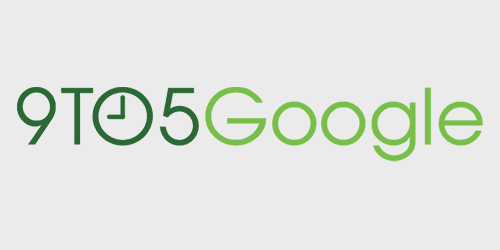
Google rolls out Gmail Hangouts to all users in India
After first introducing its Hangouts feature in Gmail as a replacement for the old video chat feature in July, Google announced today it is finally bringing the feature to users in India. Not only can users do the usual 1:1 video chat they are used to, but they will also now be able to chat with up to nine people and access more of the Hangouts features we are familiar with from Google+.
Over the last few months, we’ve been rolling out updates to Google+ Hangouts to make it easy for you to connect with friends and family no matter where you are. Today we’re excited to bring Hangouts to all of our Gmail users in India… To give Hangouts a try, just click on the hangout button at the top of your chat list in Gmail. You can also schedule a hangout with Google Calendar, and use the Google+ app for Android and iOS to hang out while you’re on the go.
Google also announced (via TechCrunch) that it is rolling out a bandwidth slider for users with slow Internet connections and an audio-only mode:
1) Bandwidth slider. At the top right of every hangout is a new slider that lets you adjust your bandwidth preferences in real-time. This makes it easier to keep hangouts going, even in areas with poor connectivity.
2) Audio-only mode. Choose this mode to send and receive audio only, and thus, significantly reduce your bandwidth requirements. Other participants will only see your profile picture, but they’ll hear you loud and clear.
